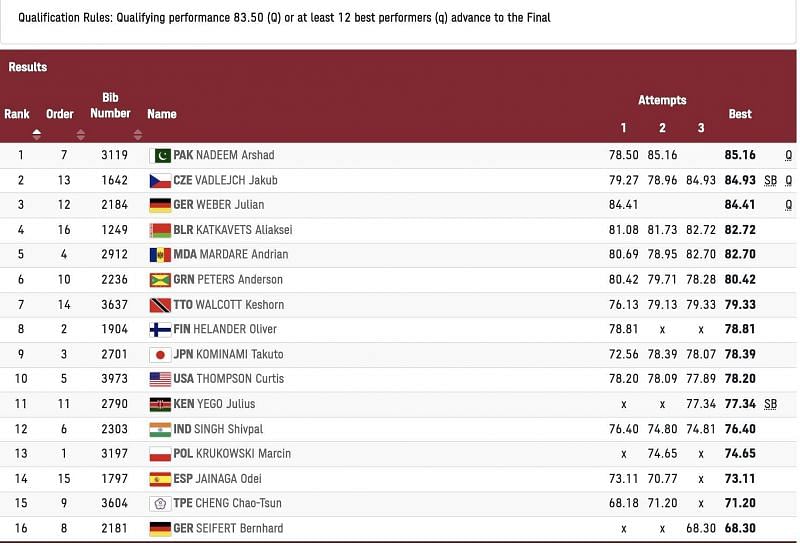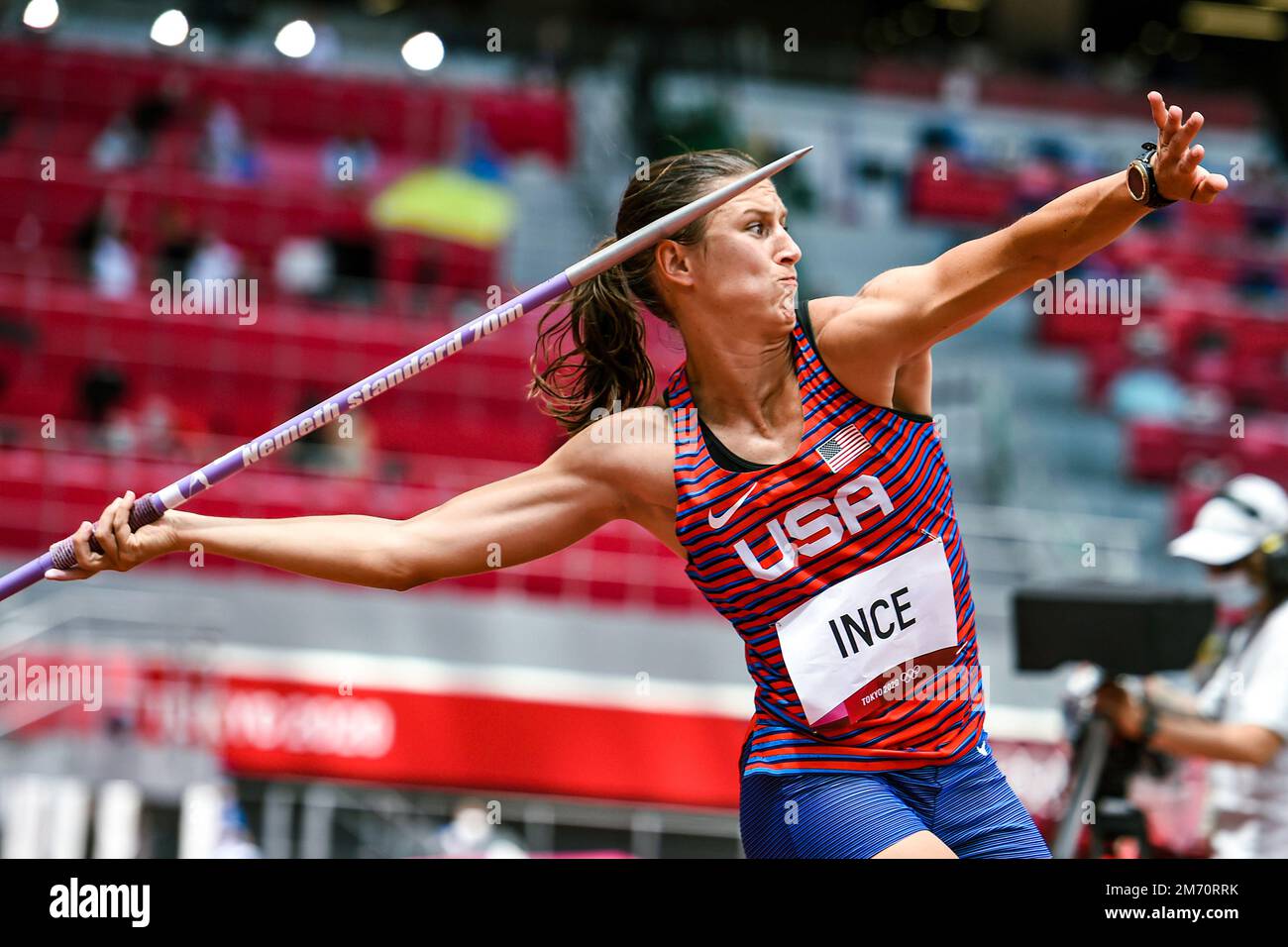Javelin Throw History and Evolution

The javelin throw, a test of strength, precision, and athleticism, has a long and storied history in the Olympics. Its evolution reflects the changing landscape of sports, technology, and the pursuit of human potential.
Origins and Historical Significance
The javelin throw’s roots can be traced back to ancient times, where it was a fundamental skill for hunting and warfare. The earliest evidence of javelin throwing dates back to the Paleolithic era, with depictions found in cave paintings and archaeological sites. In ancient Greece, the javelin was a popular sport, and it was included in the Panathenaic Games, a precursor to the modern Olympics. The javelin throw was introduced to the modern Olympic Games in 1906, and it has been a staple event ever since.
Evolution of Technique and Equipment
The javelin throw technique has evolved significantly over the years, driven by advancements in training methods, biomechanics, and equipment design. Early javelin throwers used a basic overhand throw, but the development of the “run-up” and “javelin grip” revolutionized the sport. The run-up, a controlled sprint toward the throwing area, allows athletes to generate more momentum and power. The javelin grip, which involves holding the javelin with the hand near the center of gravity, enables better control and accuracy.
The modern javelin throw technique is a complex combination of speed, strength, and coordination.
The javelin itself has also undergone changes. Early javelins were made of wood, but the introduction of metal javelins in the 1930s significantly improved performance. The use of aluminum and fiberglass in the 1950s and 1960s further enhanced the javelin’s aerodynamic properties, resulting in longer throws. The modern javelin is a highly specialized piece of equipment, designed to maximize distance and accuracy.
Key Rules and Regulations
The javelin throw competition is governed by a set of strict rules and regulations, designed to ensure fairness and safety. The competition is divided into two rounds: the qualifying round and the final round. In the qualifying round, each athlete has three throws to achieve a minimum distance to qualify for the final round. In the final round, each athlete has three additional throws, with the best throw determining the winner.
A foul throw occurs if the javelin lands outside the designated throwing area, if the athlete steps over the throwing line, or if the javelin touches the ground before crossing the throwing line.
The javelin throw competition is a challenging and exciting event, requiring athletes to combine strength, speed, and precision. The evolution of the javelin throw, from its ancient origins to the modern competition, reflects the constant pursuit of excellence in sports.
Summer Olympics Javelin Throw Schedule and Format: Athletics At The Summer Olympics – Javelin Throw Schedule

The javelin throw competition at the Summer Olympics is a thrilling event that showcases the athletes’ strength, technique, and precision. The schedule for the javelin throw competition at the current Summer Olympics is Artikeld below, along with the format of the event.
Javelin Throw Schedule
The schedule for the javelin throw competition is divided into two phases: the qualification round and the final. The qualification round is held to determine the athletes who will advance to the final.
The following table provides a detailed breakdown of the javelin throw schedule for the current Summer Olympics:
| Date | Time | Round | Event Description |
|---|---|---|---|
| Date of Qualification Round | Time of Qualification Round | Qualification Round | Athletes will have three throws to achieve a qualifying distance. The top 12 athletes, along with the best 6 athletes beyond that mark, will advance to the final. |
| Date of Final | Time of Final | Final | The 18 athletes who qualified will have three throws to determine the final ranking. The top 8 athletes will have three additional throws to decide the medals. |
Qualification Process, Athletics at the summer olympics – javelin throw schedule
The qualification process for the javelin throw finals is designed to ensure that only the top athletes compete for medals. Athletes are given three throws in the qualification round. To advance to the final, an athlete must either:
- Achieve the qualifying distance, which is determined before the competition. The qualifying distance is usually set at a level that ensures a high standard of performance.
- Be among the top 12 athletes, regardless of their individual throw distances.
If more than 12 athletes achieve the qualifying distance, the remaining spots in the final will be filled by the athletes who have the best throw distances, even if those distances are below the qualifying distance. This ensures that all 18 spots in the final are filled by athletes who have demonstrated the highest level of skill and performance.
Athletics at the summer olympics – javelin throw schedule – So, you’re trying to catch the javelin throw schedule for the Summer Olympics? It’s like trying to find a good date on Tinder, you gotta be quick and accurate. Speaking of dating, did you know Hunter Schafer’s boyfriend is probably more athletic than most of us?
Anyway, back to the javelin, you’ll want to check the official Olympics website, because those schedules are always changing, just like my plans for the weekend.
So, you wanna know when the javelin throwers are gonna be chuckin’ that pointy stick at the Olympics? You’re in luck! The schedule’s out there, but you might wanna brush up on the history of this ancient sport. It’s not just about throwing, it’s about power and precision, you know?
Check out this article on olympics javelin throw to get the lowdown. Once you’re all caught up, you’ll be ready to watch those athletes unleash their inner Thor!
